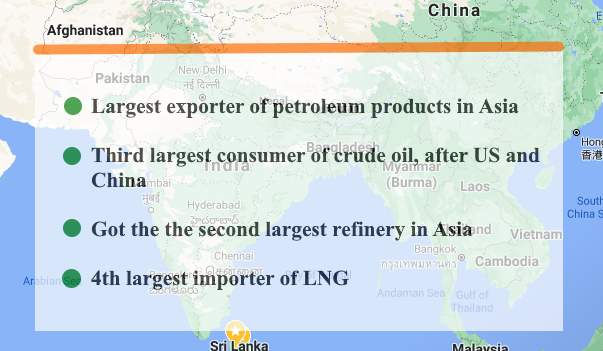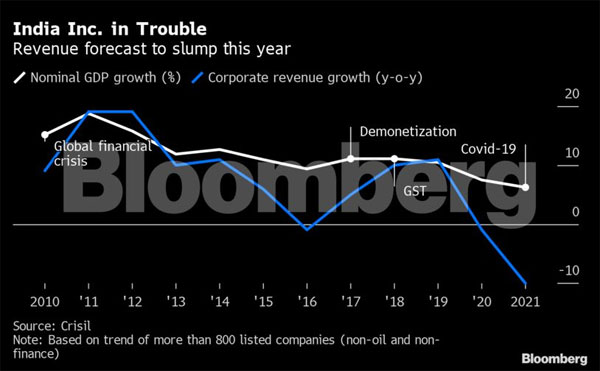The rising
oil price has already affected the world’s third largest consumer of crude oil,
India, both economically and politically.
During the
last six months, fuel price has gone up by a staggering 23%, taking its toll on
the freight operators with a significant rise in the cost of rentals.
Since most
of the internal transport of goods depend on trucks on networks of highways in this vast nation, the
cost of goods for ordinary people is going to skyrocket in the far away
regions, if the fuel hike continues at this rate – in proportion to the obvious
increasing transport cost; India population is mainly rural and how they live –
and spend - really matters when it comes to its economy.
Indian
economy that showed an impressive growth for decades suddenly came to a
screeching halt due to the pandemic; for the first time in 70 years, it went
through its worst recession.
Although, it
is showing the signs of a feeble recovery, the rise in the price of fuel on
recent scale could potentially hamper it considerably. Both Saudi Arabia and
the UAE increased the fuel price for Asia, the region with the world’s second
and the third largest consumers of crude oil and the impact has been enormous.
Against this
backdrop, Indian finance minister came up with her budget this month with the
focus mainly on infrastructure and health care. The government came under fire
from the opposition for this approach.
One of the
highlights in the budget was relatively insignificant increase on defence. By
coincidence, both India and China agreed to pull back their troops from where
they are right now to where they were years ago – a sign of reconciliation after
months of sabre-rattling near the LAC, the line of actual control of the
disputed border.
In another
development, India and Pakistan agreed to observer the ceasefire agreement
signed between the two nuclear-armed nations in 2003.
The peace
overtures by India towards its neighbours show that India has very little room
for manoeuvre when it comes to reviving its economy, which was once the envy of
the developing world.
In this
context, the rising fuel costs can create friction against the growth engine, hampering
its forward march.
Since India
is a major consumer market for the world as well, its slow growth can cause
ripple effects on every single major market too.
That’s why
economists watch India’s moves to get its growth back on track at a very
difficult time – with a heightened interest.








